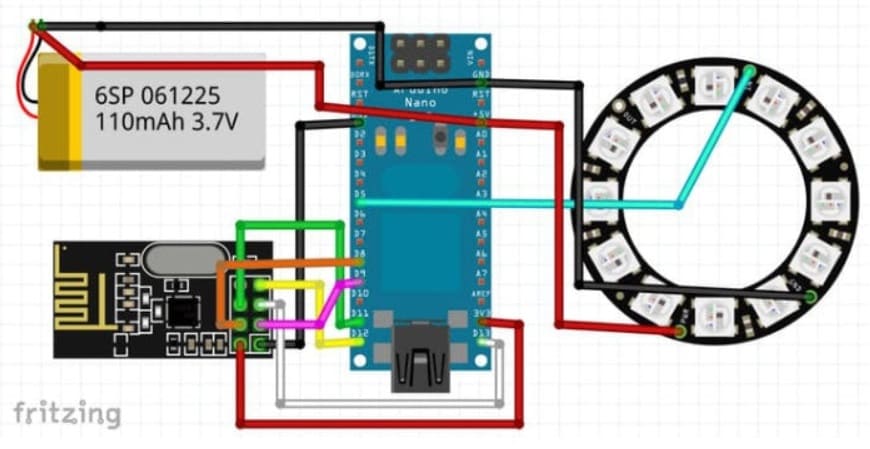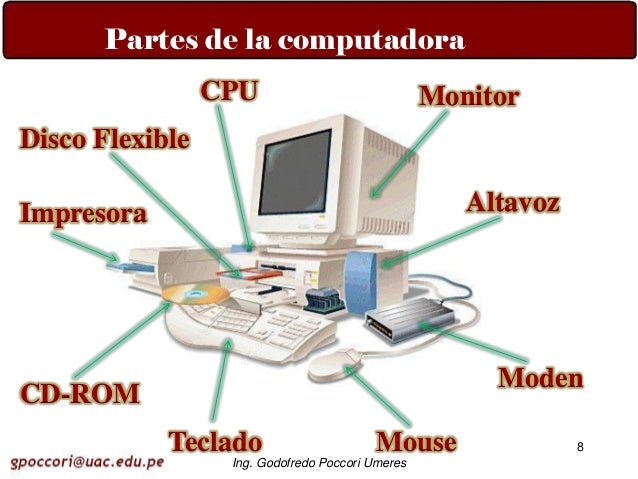

It is recommended any detection is tested prior to deployment on a production system. This includes data sources, related configuration, and tuning for normal behaviors in your environment. Shout out to and for presenting and writing this companion report.Īs with all forms of detection content, its important to understand the nature of the detection and the target environment.

In this report we will review a collection of actionable detections based on threat actor behavior in intrusions we have investigated over the past year. The 2021 Year In Review report provided insights into common MITRE ATT&CK techniques observed across our cases, and some opportunities for detection. Slides: SANS Ransomware Summit 2022 – Can You Detect This If it’s worth the time to use one of these tools then it’s probably worth the time to use both, and you will commonly find yourself doing this.This report is a companion to the SANS Ransomware Summit 2022 “Can You Detect This” presentation today 6/16/22 14:40 UTC (10:40 AM ET). In daily use I often start with Process Explorer to find processes which are consuming a lot of system resources and then move to process monitor to dig deeper into these processes. Using it you can find out what files, DLLs, and registry keys particular processes have open and the CPU and memory usage of each. Process Explorer is considered to be a more advanced form of the Windows Task Manager. You can think of this as a combination of the old FileMon and RegMon tools with some basic diagnostic features.

This tool will display information regarding the file system, registry, and the processes running on the system as they are occurring. Process Monitor is a real-time troubleshooting tool. I’ve written tips on both of these and frequently see people confuse them or even ask about the differences between the two. Process Monitor and Process Explorer both have a lot in common as they are both Microsoft Sysinternals tools designed to help you troubleshoot and debug processes on a Windows host.


 0 kommentar(er)
0 kommentar(er)
